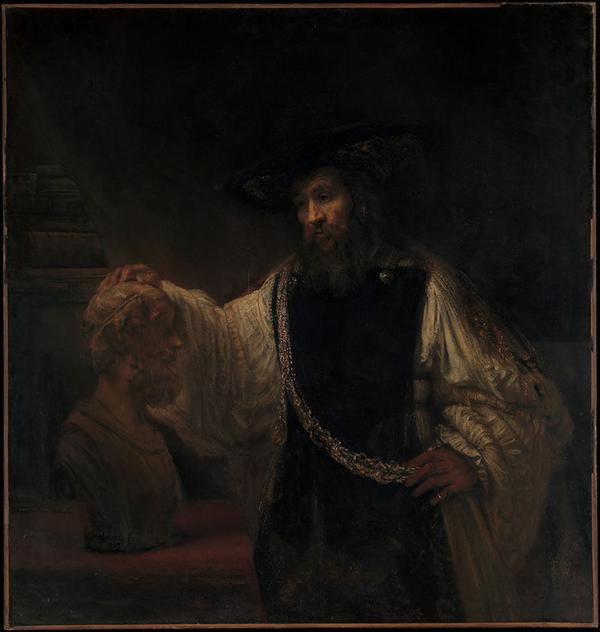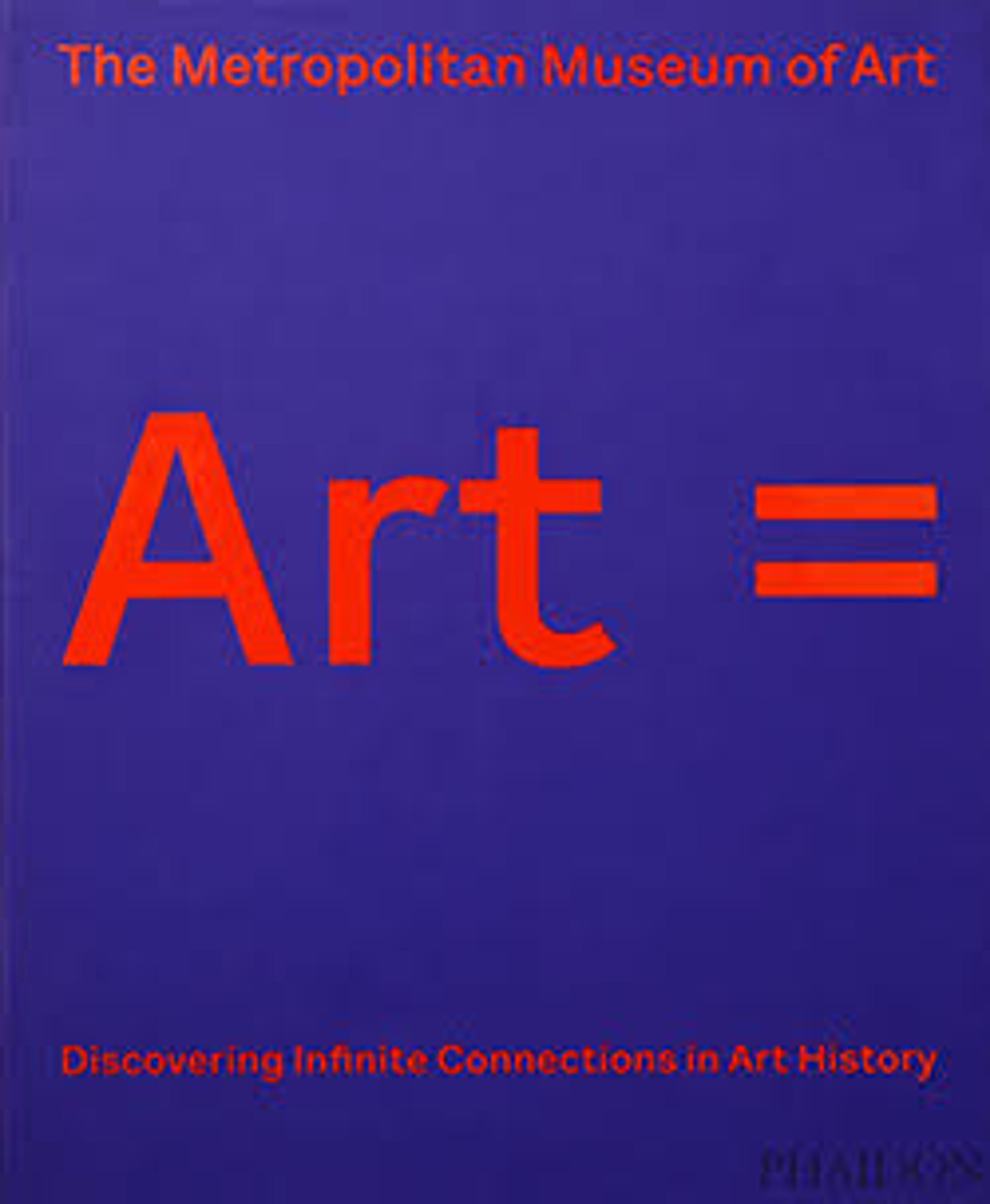Aristotle with a Bust of Homer
Artwork Details
- Title:Aristotle with a Bust of Homer
- Artist:Rembrandt (Rembrandt van Rijn) (Dutch, Leiden 1606–1669 Amsterdam)
- Date:1653
- Medium:Oil on canvas
- Dimensions:56 1/2 x 53 3/4 in. (143.5 x 136.5 cm)
- Classification:Paintings
- Credit Line:Purchase, special contributions and funds given or bequeathed by friends of the Museum, 1961
- Object Number:61.198
- Curatorial Department: European Paintings
Audio

5240. Introduction; Rembrandt, Aristotle with a Bust of Homer
ADAM EAKER: Hi, my name is Adam Eaker. I’m an Assistant Curator in the Department of European Paintings here at The Met. It's an incredible privilege for me as a young curator to be able to rethink the story that the Museum tells with one of the most celebrated parts of its collection. And coming at this from a different angle, I wanted to put these pictures in a new conversation with each other and tell some aspects of the story of seventeenth-century Dutch art that may be less familiar.
NARRATOR: What is it that makes these works among the most beloved in The Met’s collection? Why do they remain so meaningful and compelling to modern viewers? On this tour, we posed these questions to experts from diverse fields; and they’ve shared stories about how these masterpieces provide unique inspiration for their own creativity.
MARK DOTY: I think it's the quality of emotion; that it's suffused with feeling.
GAVIN FINNEY: Well, cinematographers love Rembrandt because Rembrandt isn’t afraid of the dark.
DOROTHY MAHON: There is no question in my mind from having worked closely on Rembrandt that he would rank among one of the greatest painters that ever lived. There’s no doubt.
NARRATOR: Rembrandt painted this portrait of Aristotle for an Italian nobleman, dressing the Greek philosopher in a dark garment with billowing white sleeves. This may be a costume—Rembrandt was known for having fanciful exotic clothing in the studio for his models to wear.
ADAM EAKER: You have this intensely somber color palette; a really moving, intense expression on the central figure’s face. And it's a painting that really looks like what we expect a Rembrandt to look like: a somber, powerfully painted, completely absorbing work of art. And for that reason it's really become an icon of the Dutch collection at The Met.
NARRATOR: When The Metropolitan Museum of Art was founded in 1870, its collection reflected America’s broader taste for Dutch art. The great collectors of New York had ties to the original founders of the city, then called New Amsterdam.
That connection holds today, as you will hear on this tour. Exhibition curator Adam Eaker is joined by Met conservators Gerrit Albertson and Dorothy Mahon, in addition to writer Mark Doty, cinematographer Gavin Finney, and third-generation Dutch florist Remco van Vliet.
This audio tour is sponsored by Bloomberg Philanthropies.
Listen to more about this artwork
More Artwork
Research Resources
The Met provides unparalleled resources for research and welcomes an international community of students and scholars. The Met's Open Access API is where creators and researchers can connect to the The Met collection. Open Access data and public domain images are available for unrestricted commercial and noncommercial use without permission or fee.
To request images under copyright and other restrictions, please use this Image Request form.
Feedback
We continue to research and examine historical and cultural context for objects in The Met collection. If you have comments or questions about this object record, please contact us using the form below. The Museum looks forward to receiving your comments.
